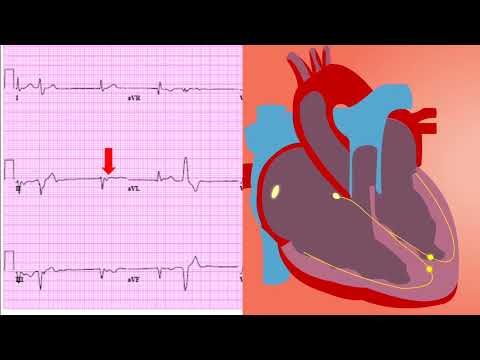🎬 Video Summary
This video provides a detailed animation of both laparoscopic and open cholecystectomy, or gallbladder removal surgery. Learn about the surgical procedures, indications, and key steps involved in each approach. Whether you’re a medical student, healthcare professional, or patient, this video offers valuable insights into understanding cholecystectomy.
🧠Teaching Pearls
- Understand the indications for cholecystectomy, including gallstones and gallbladder inflammation.
- Visualize the laparoscopic cholecystectomy procedure step-by-step.
- Learn about the open cholecystectomy approach and when it might be necessary.
- Gain knowledge of the anatomical considerations during gallbladder removal surgery.
- Distinguish between the advantages and disadvantages of laparoscopic versus open cholecystectomy.
❓ Frequently Asked Questions
Q: What are the main reasons for needing a cholecystectomy?
A: Cholecystectomy is primarily performed to treat symptomatic gallstones (cholelithiasis) or inflammation of the gallbladder (cholecystitis).
Q: What is the difference between laparoscopic and open cholecystectomy?
A: Laparoscopic cholecystectomy involves small incisions and a camera to guide the surgery, resulting in faster recovery. Open cholecystectomy requires a larger incision and is typically reserved for more complex cases.
Q: How long does it take to recover from cholecystectomy?
A: Recovery time varies. Laparoscopic cholecystectomy typically allows for a return to normal activities within a week or two, while open cholecystectomy may require several weeks.
Q: What are the potential complications of cholecystectomy?
A: Potential complications include bleeding, infection, bile duct injury, and hernias. These are relatively rare, especially with laparoscopic techniques.
Q: What can I eat after gallbladder removal?
A: It’s generally recommended to follow a low-fat diet after cholecystectomy to allow your digestive system to adjust. Gradually reintroduce foods as tolerated.
Q: Is gallbladder surgery safe?
A: Cholecystectomy is considered a safe and effective procedure when performed by experienced surgeons. The risks are generally low, especially with the laparoscopic approach.
🧠 Key Takeaways
- 💡 Understand the surgical steps involved in both laparoscopic and open cholecystectomy.
- 💡 Recognize the indications and contraindications for each surgical approach.
- 💡 Learn about potential complications and how they are managed.
- 💡 Appreciate the role of imaging in diagnosing gallbladder disease and planning surgery.
🔍 SEO Keywords
Cholecystectomy surgery, gallbladder removal, laparoscopic cholecystectomy, open cholecystectomy, gallstones, cholecystitis, surgical animation.
“`

